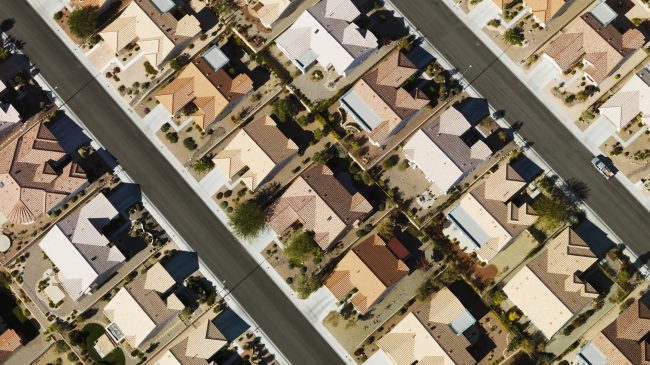Early economies revolved around available transportation. Predictably, the more difficult it was to move goods and people, the more economies tended to centralize. With the advent of railroads, a greater quantity of goods and people could be moved wherever rails could reach, expanding outward from city centers, similar to the spokes of a wheel. Indeed, historic centralized cities focused on rail transportation, which depends on one strong and growing central business district. Since railroads are fixed, high-investment systems, the hub-and-spoke cities that evolved around them developed economies that focused on dense central business districts (CBDs) as economic hubs.
Cities that developed after the proliferation of automobile-oriented transport could also have developed as hub-and-spoke economies, but, interestingly, they did not. While roadways were initially intended merely to supplement transport in older hub-and-spoke cities, new cities without legacy hub-and-spoke infrastructure have taken advantage of the greater flexibility of roadways to promote dispersed economies, easily incorporating new, raw land for development. This approach allows areas of development to form around employment centers. Roadway-led development, such as we see in newer cities, tends toward grid patterns, and accordingly, the economies of roadway-based cities tend toward dispersed and lower density economic hubs, which some call “sprawl.”
Notably, the newer, farther-flung surrounding areas of older, rail-based European cities, where automobiles are prevalent and legacy rail does not dominate the infrastructure, also tend toward dispersed clumps of development. If CBD-focused economies were inherently more efficient, we would expect to see the “wheels” of these cities get larger and larger as the older cities grew, but that’s not the case. This brief examines several of the reasons for this evolution from CBD-focused hub-and-spoke city structures to dispersed grid pattern structures.
